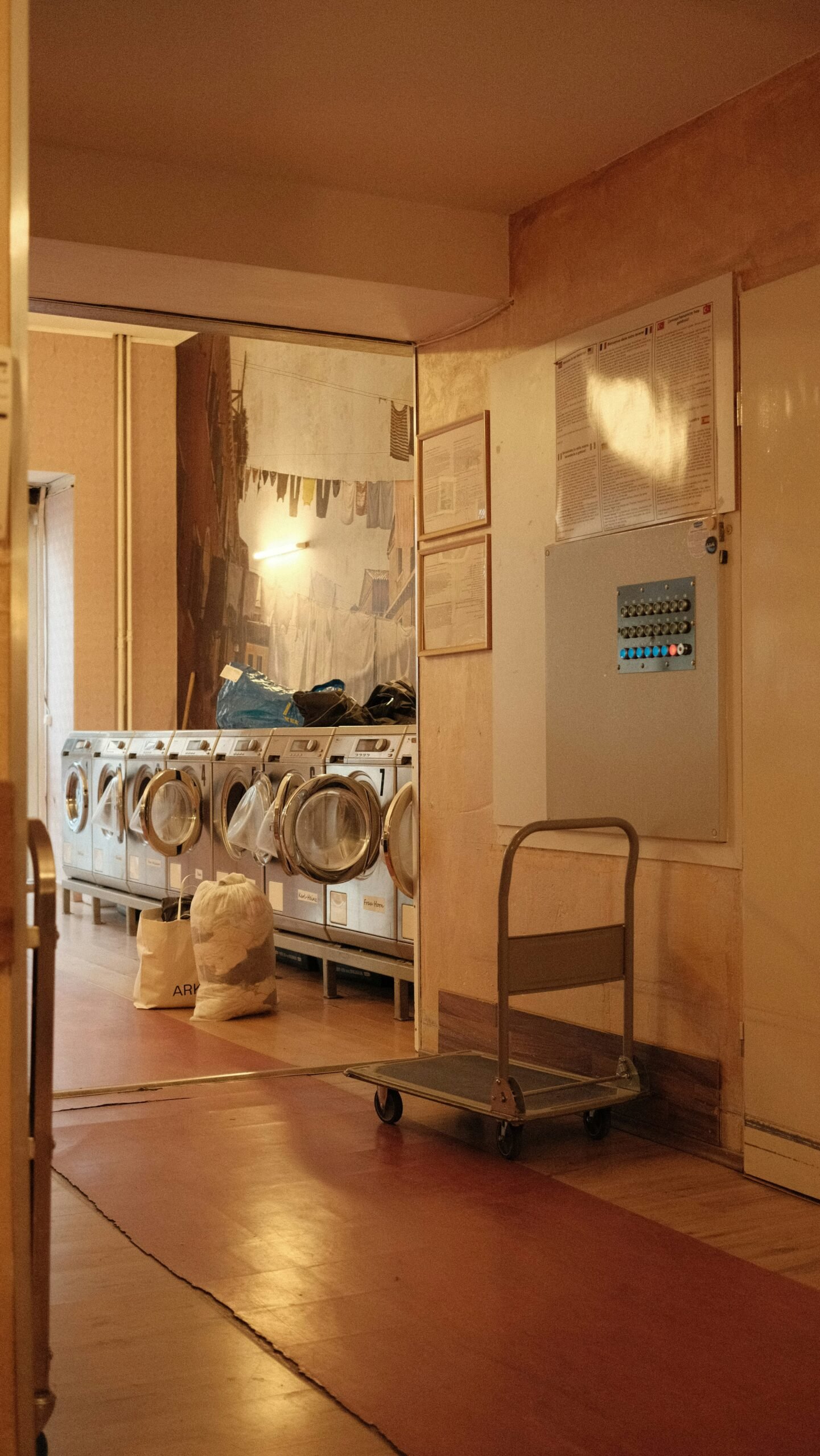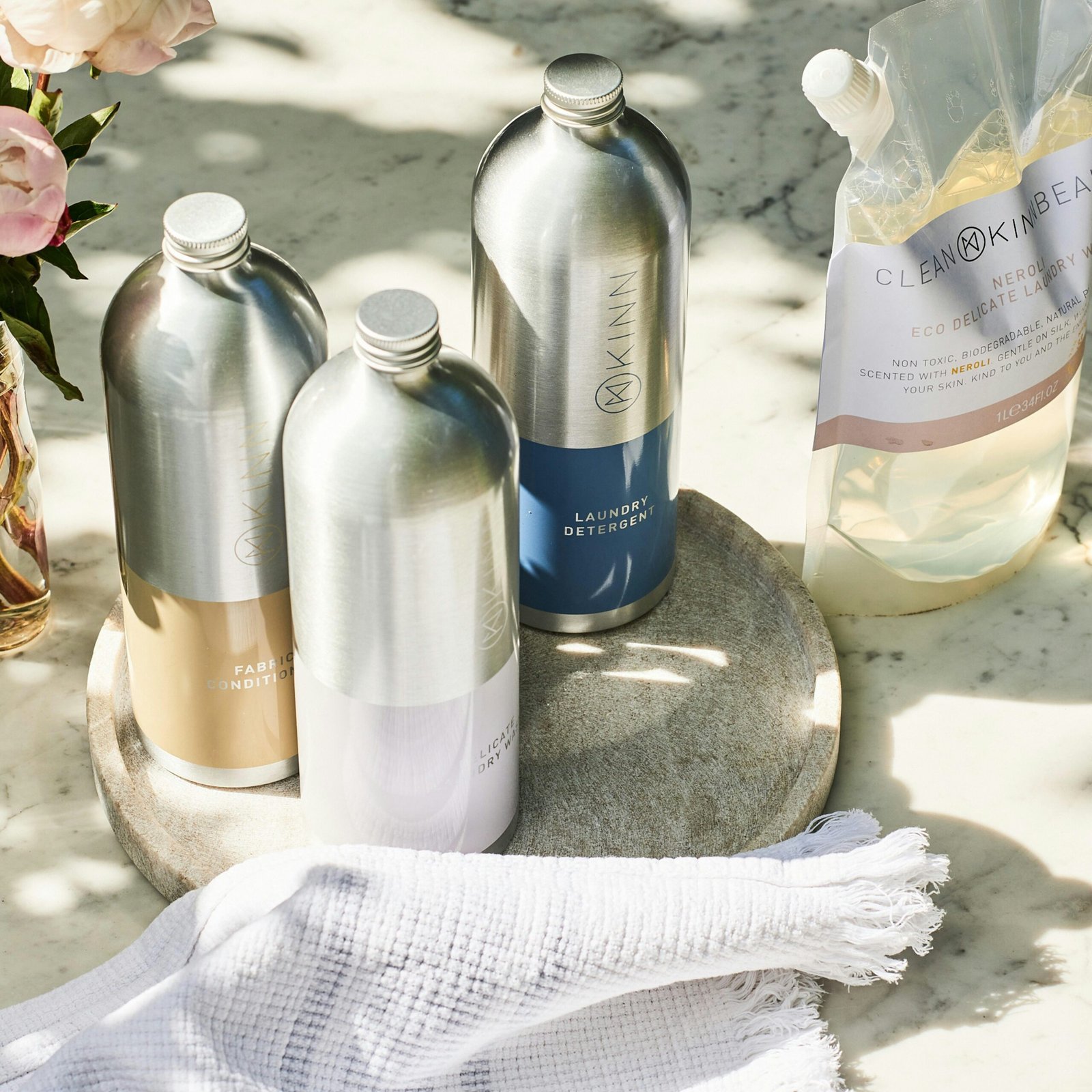Introduction to Sustainable Cleaning
Sustainable cleaning refers to the practice of using environmentally friendly products and techniques to maintain cleanliness in both residential and commercial spaces. With an increasing awareness of the potential hazards associated with traditional cleaning products, many individuals are seeking alternative solutions that minimize harm to human health and the environment. Chemical-laden cleaners, often found on store shelves, contain substances that can contribute to indoor air pollution, trigger allergies, and pose dangers to both ecosystems and wildlife. The transition to sustainable cleaning is crucial in addressing these pressing concerns.
One of the main benefits of utilizing eco-friendly cleaning products is the reduction of harmful chemicals released into the environment. Many conventional cleaners contain phosphates, bleach, and other pollutants that can enter waterways, disrupting aquatic life and eventually impacting the food chain. In contrast, homemade cleaning solutions often consist of naturally derived ingredients such as vinegar, baking soda, and essential oils. These alternatives not only help reduce ecological footprints but also create a safer environment for households, particularly for children and pets who are more susceptible to harmful chemicals.
Additionally, homemade cleaning products can be more cost-effective than their commercial counterparts. By using common household items, individuals can significantly cut down on expenses while contributing to a more sustainable lifestyle. Not only does this practice promote personal health and well-being, but it also fosters a sense of responsibility towards the planet. The benefits of sustainable cleaning extend beyond immediate practicality; they contribute to a larger movement towards environmental stewardship. By understanding the impact of our choices, we empower ourselves to create a cleaner and greener future for everyone.
The Benefits of Homemade Cleaning Products
Homemade cleaning products present numerous advantages that contribute to both personal well-being and environmental sustainability. One significant benefit is cost-effectiveness. Creating cleaning solutions at home typically requires fewer resources and less financial investment compared to purchasing commercial products. Common ingredients such as vinegar, baking soda, and essential oils are readily available and can be purchased in bulk, resulting in a budget-friendly approach to cleaning.
In addition to helping save money, homemade cleaning products have a noticeably reduced environmental impact. Many commercial cleaners contain harsh chemicals that can harm the environment through water contamination and air pollution. In contrast, eco-friendly homemade alternatives utilize natural ingredients that are less damaging to ecosystems. By producing your own cleaning supplies, you are making a proactive decision to minimize chemical runoff and decrease your overall carbon footprint.
Safety is another critical factor when considering homemade cleaning products. Families with children and pets often face the risk associated with toxic substances found in traditional cleaning agents. By crafting your own solutions, you can ensure that they are safe and non-toxic. This not only protects your loved ones but also creates a healthier living environment. Moreover, homemade cleaning products often boast effective germ-fighting properties, sometimes exceeding those of their commercial counterparts. Simple ingredients like lemon or tea tree oil possess natural antibacterial and antifungal properties that ensure optimal cleanliness.
Ultimately, the ability to control the ingredients in homemade products offers an added layer of assurance regarding their safety and effectiveness. By selecting specific components, you can tailor your cleaning supplies to your particular needs and preferences, ensuring that your home is clean, safe, and sustainable.
Essential Ingredients for Eco-Friendly Cleaning
Creating homemade cleaning products is an effective way to embrace sustainability while ensuring a clean environment. The essential ingredients commonly used in eco-friendly cleaning solutions are vinegar, baking soda, essential oils, and castile soap. Each of these components possesses unique properties that contribute to their versatility and effectiveness in cleaning tasks.
Vinegar, a natural acetic acid, serves as an excellent disinfectant and deodorizer. It effectively breaks down mineral deposits, grease, and dirt. Additionally, vinegar’s antibacterial properties make it a formidable opponent against germs. It is highly recommended to use white distilled vinegar for cleaning purposes, as its strong concentration enhances its effectiveness while minimizing any lingering odor.
Baking soda, or sodium bicarbonate, is another indispensable ingredient. It functions as a mild abrasive, making it suitable for scrubbing surfaces without causing damage. Moreover, baking soda neutralizes odors, making it particularly useful for deodorizing carpets and refrigerators. Its ability to react with acids helps lift stains and grime, further enhancing its reputation as a multipurpose cleaning agent.
Essential oils offer another layer of functionality in eco-friendly cleaning products. Derived from plants, essential oils possess natural antimicrobial properties that can help sanitize surfaces. Popular choices, such as tea tree oil, lavender, and eucalyptus, not only provide cleaning benefits but also impart pleasant fragrances. When using essential oils, it is important to dilute them appropriately to avoid skin irritation and ensure safe handling.
Castile soap, a plant-based soap made primarily from olive oil, is a gentle yet effective cleaner. Its versatility allows it to be used for various cleaning needs, from washing dishes to surface cleaning. Being biodegradable and free from synthetic additives, it aligns well with sustainable cleaning practices.
When handling these ingredients, it is essential to take precautionary measures. While they are generally safe, proper storage and labeling are crucial. Always keep these products out of reach of children and pets, and consider wearing gloves to protect your skin during cleaning. By utilizing these ingredients, individuals can create effective and eco-friendly cleaning solutions that are safe for both the home and the environment.
Basic Recipes for All-Purpose Cleaners
Creating your own all-purpose cleaner at home is not only an eco-friendly choice but also a cost-effective solution. Utilizing common household ingredients, it’s possible to formulate effective cleaning agents that are safe for both your family and the environment. Below are a few simple recipes to help you get started.
Vinegar and Water Cleaner
This all-purpose cleaner harnesses the natural cleaning power of vinegar. To create this mixture, you will need the following ingredients:
- 1 part distilled white vinegar
- 1 part water
- Optional: 10-20 drops of essential oil (like lemon or lavender) for fragrance
Instructions:
- In a spray bottle, combine the vinegar and water.
- If desired, add essential oil for scent.
- Shake gently to mix.
- Spray on surfaces and wipe clean with a microfiber cloth.
Baking Soda Paste
Baking soda is a versatile ingredient that serves as a mild abrasive, perfect for scrubbing. Here’s how to create a cleaning paste:
- 1/2 cup baking soda
- 1/4 cup water (adjust for desired consistency)
Instructions:
- In a small bowl, mix the baking soda with water until you achieve a paste-like consistency.
- Apply the paste to the surface using a sponge or cloth.
- Scrub gently and rinse with water afterward.
Lastly, for tough grime on floors, consider a simple mixture of:
- 1 cup white vinegar
- 1 gallon of hot water
This solution is effective for mopping and disinfecting hard surfaces.
Always test your cleaner on an inconspicuous area first, especially on sensitive materials. This approach not only ensures safety but also empowers you to adapt your cleaning products to various surfaces with ease.
Homemade Disinfectants: Effective and Safe Solutions
Disinfection is an essential aspect of maintaining a clean and healthy environment, especially in homes where families may be vulnerable to ill effects from harmful pathogens. Opting for homemade disinfectants can offer effective and safe solutions that do not compromise indoor air quality or leave behind hazardous residues. These eco-friendly alternatives utilize common household ingredients while still providing the disinfection needed to combat germs and bacteria.
One effective recipe features a simple combination of white vinegar and water. In a spray bottle, mix one part vinegar with one part water. The acetic acid in the vinegar is known to have antimicrobial properties, making it useful for killing various germs. While its odor may be strong initially, it dissipates quickly, leaving behind a fresh, clean scent. This solution works well on surfaces like countertops, bathroom fixtures, and kitchen tools.
Another powerful option is a mixture of hydrogen peroxide and water. Dilute 1 cup of hydrogen peroxide in 1 cup of water within a spray bottle. Hydrogen peroxide is a potent disinfectant capable of effectively eliminating bacteria and viruses. It is particularly suitable for sanitizing surfaces in bathrooms and kitchens, as it evaporates quickly without leaving any harmful residues. It’s essential to use this solution immediately, as exposure to light can decrease its efficacy.
For those who prefer a pleasant fragrance while cleaning, adding essential oils can be a suitable solution. Tea tree oil is renowned for its antimicrobial properties, making it a valuable addition to disinfectant mixtures. A few drops of tea tree oil in any of the above solutions can enhance its effectiveness while imparting a fresh scent. When using these homemade disinfectants, it is crucial to ensure that the surfaces remain saturated for at least 10 minutes to maximize germ-killing potential.
By employing these recipes, one can effectively clean and disinfect without resorting to harmful chemicals, creating a safer living space for all.
Stain Removal Recipes for Various Surfaces
Stains can be a formidable challenge in maintaining cleanliness in our living spaces, but with homemade solutions, they can be addressed effectively without the use of harsh chemicals. Below, we outline several effective recipes tailored for various surfaces, empowering you to tackle a range of common stains.
For fabric stains, a simple mixture of equal parts white vinegar and water works wonders. This solution is particularly effective on fresh stains such as wine or coffee. Begin by blotting the stain gently—avoiding rubbing to prevent spreading—then apply the vinegar solution, letting it sit for 5-10 minutes before rinsing with cold water. For older stains, a paste of baking soda and water can provide extra power. Apply this paste directly onto the stain, let it dry, and then vacuum or brush it off.
When it comes to carpets, addressing pet-related stains requires a focused approach. Combine 1 cup of warm water, 1 cup of white vinegar, and 2 tablespoons of dish soap for an effective cleaner. Blot the area with the solution and continue to blot until the stain is lifted. Rinse the area with plain water afterward to remove any residue.
For hard surfaces, such as countertops and tiles, a paste made from baking soda and water can effectively eliminate grease stains. Apply the paste onto the stain, let it sit for a few minutes, then scrub gently with a damp cloth. Avoid excessive scrubbing to prevent damage to the surface finish.
It is crucial to pre-treat stains as soon as they occur using the appropriate method for each type of material. Always test any cleaning solution in a hidden area to ensure no adverse reactions take place. By leveraging these eco-friendly recipes, you can maintain the integrity of your surfaces while also contributing to a more sustainable cleaning practice.
Eco-Friendly Tips for Keeping Your Home Clean
Maintaining a clean home while adhering to eco-friendly practices is a crucial aspect of sustainable living. Beyond utilizing homemade cleaning products, there are several additional strategies that can significantly decrease your environmental footprint, ensuring a cleaner home and planet. One effective method is to embrace decluttering, which not only simplifies your living space but also reduces the amount of cleaning required. By donating or recycling unused items, you free up space and minimize the dust and grime accumulation that often necessitates frequent cleaning.
In tandem with decluttering, implementing sustainable practices during your cleaning routine can have lasting benefits. Opting to clean in stages rather than in one extensive session can help make the process more manageable while using fewer resources. This method allows for more effective cleaning, as it can reduce the temptation to use harsh chemicals when required tools and natural products are readily available. Incorporating biodegradable sponges, brushes, and mops can further enhance the eco-friendliness of your routine. Each of these tools can substitute single-use items, promoting a sustainable lifestyle and reducing waste.
Furthermore, the choice of cleaning tools plays a significant role in sustainable home care. Instead of relying on disposables like paper towels, consider investing in reusable cloths made from natural fibers such as cotton or bamboo. These can be washable and used multiple times, thereby minimizing landfill contributions. Another excellent option is using a vacuum cleaner that uses less energy and provides HEPA filtration, ensuring indoor air quality is maintained while being eco-conscious. By making these small adjustments, you promote not only a clean home but also a healthier environment.
Implementing these eco-friendly tips is essential for nurturing a sustainable home-care routine. The journey towards environmentally-friendly cleaning practices is continuous, requiring conscious effort and dedication to make lasting changes.
How to Transition to Eco-Friendly Cleaning Products
Making the switch to eco-friendly cleaning products is a necessary step towards promoting a healthier home environment and reducing the harmful impact on our planet. The process should not be overwhelming; instead, it is beneficial to approach the transition gradually, allowing time for adjustment. Start by identifying the most frequently used conventional cleaning products in your home, which typically include all-purpose cleaners, window cleaners, and bathroom disinfectants. By focusing on these key items, you can simplify your transition and reduce exposure to harmful chemicals.
Once you have determined which products to replace first, consider researching homemade alternatives using natural ingredients such as vinegar, baking soda, and essential oils. These ingredients are not only effective cleaners but also environmentally friendly, minimizing chemical runoff into our water systems. For example, a simple all-purpose cleaner can be made by mixing equal parts of vinegar and water, providing an excellent solution for disinfecting surfaces equipped with antibacterial properties without the adverse effects associated with commercial products.
As you begin experimenting with homemade recipes, it is essential to evaluate their effectiveness and safety. Some may require adjustments in formulation based on your specific cleaning needs. Create a list of successful recipes that work well for you, including variations that take into account different surfaces or strengths of cleaning required. This trial-and-error phase is vital for empowering yourself to be confident in your cleaning methods.
Another crucial aspect of transitioning to eco-friendly cleaning products is assessing your overall dependency on conventional solutions. Take time to evaluate cleaning routines and discern which products are truly necessary for maintaining cleanliness in your home. By systematically reducing reliance on chemical cleaners, you will cultivate a more sustainable cleaning approach.
In conclusion, transitioning to eco-friendly cleaning products is a manageable and rewarding process. By starting with the most commonly used products, experimenting with homemade solutions, and reevaluating your cleaning habits, you will contribute significantly to a healthier environment for yourself and future generations.
Conclusion: Embracing Sustainable Cleaning Practices
In conclusion, the journey toward sustainable cleaning practices is both rewarding and impactful. Throughout this blog post, we have explored various recipes for homemade and eco-friendly cleaning products, demonstrating how easy it is to transition from conventional cleaning supplies to those that promote a healthier home environment. By utilizing simple ingredients such as vinegar, baking soda, and essential oils, consumers can create effective cleaning solutions that are safe for their families and pets while also being gentle on the planet.
Adopting these eco-friendly practices not only enhances the quality of indoor air but also reduces exposure to harmful chemicals typically found in commercial cleaning products. As we highlighted, the benefits of homemade cleaning alternatives extend beyond personal health; they contribute to a significant reduction in plastic waste and chemical runoff, which are often detrimental to ecosystems. The importance of sustainability in our daily routines cannot be overstated, and by making conscious choices in our cleaning supplies, we become active participants in the movement for a cleaner, greener planet.
We encourage you to take the first steps towards implementing these sustainable cleaning practices in your own home. Begin by experimenting with the recipes outlined in this post and observe the positive changes in your environment. Share your experiences with friends and family, and inspire them to join you on this journey. Small actions, when multiplied across communities, can lead to significant environmental impact. Embrace the shift to sustainable cleaning practices and help foster a more considerate approach to how we maintain our living spaces.




